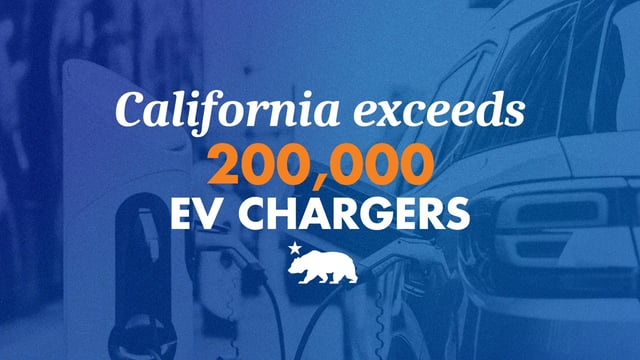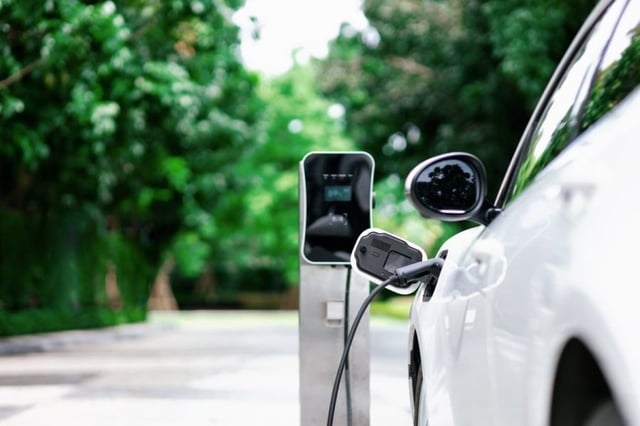Overview
- The public and shared network now totals 201,180 ports, an increase of 22,631 since the March update, according to state data.
- Ninety-four percent of Californians live within a 10-minute drive of a charger, with roughly 800,000 additional residential units installed at single-family homes.
- Since the last count, Level 2 ports grew about 25% and DC fast-charging ports rose 14%, indicating continued buildout of higher-speed options.
- Medium- and heavy-duty zero-emission fueling points reached 20,093 statewide, up 3,766 since February, as the state targets truck-sector pollution.
- California agencies are deploying grants, prioritizing shovel-ready fast-charging projects, developing a ZEV Infrastructure Plan, and setting charger reliability standards, while federal ZEV tax credits up to $7,500 run through Sept. 30, 2025.


